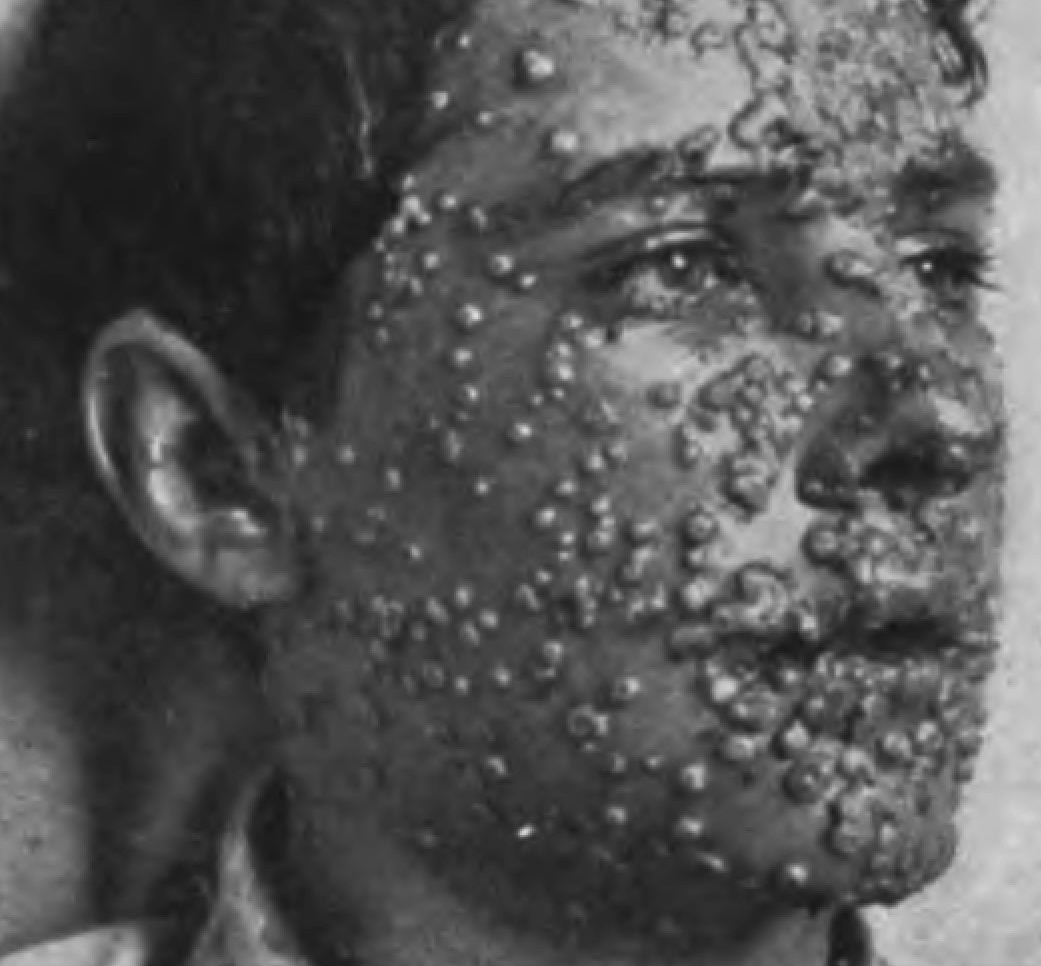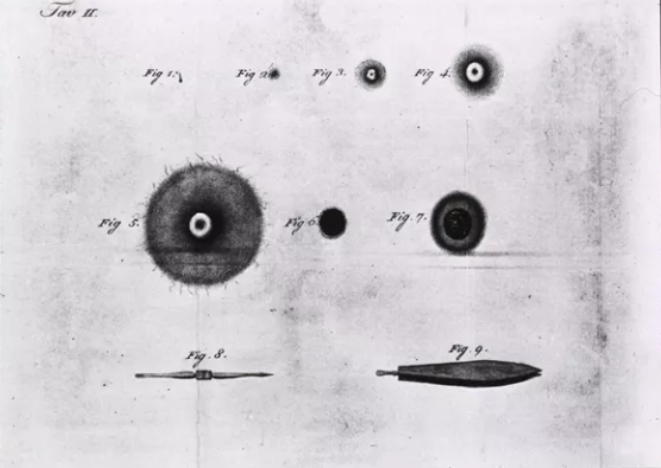
Background
Smallpox is an extremely infectious, lethal disease caused by the variola virus. Existing for millennia, the first evidence was found in Egyptian mummies from 1500 BC with smallpox-like scabs. Early smallpox epidemics may have included the Athenian Plague (430-426 BC), and the Antonine Plague (168-180 AD), which possibly contributed to the fall of the Roman Empire (Fiorino and Sabbatani). Later, smallpox decimated Aztec, Mayan, and Inca populations (Gunderman).

Variola Virus under microscope (CDC)

"These two boys had been exposed to the same smallpox source. One had been vaccinated, the other hadn't." (Evon)

“This engraving depicts a developing smallpox pustule” (Henchman)
There are two types of smallpox, Variola Major and Variola Minor, and four types of Variola Major: ordinary, modified, flat, and hemorrhagic. Variola Major is more virulent and common, with symptoms including high fever, vomiting, and widespread pustules, and a 30-50% fatality rate. Variola Minor has a 1-5% fatality rate with milder symptoms. Smallpox is transmitted by contact with contaminated items or individuals. Survivors are left scarred and sometimes blind.
Smallpox killed an estimated 300-500 million people in the 1800s (Berche), around 400,000 yearly (Hollingham), causing economic losses, and widespread panic.

"Smallpox patient early 1900's." ("Smallpox")